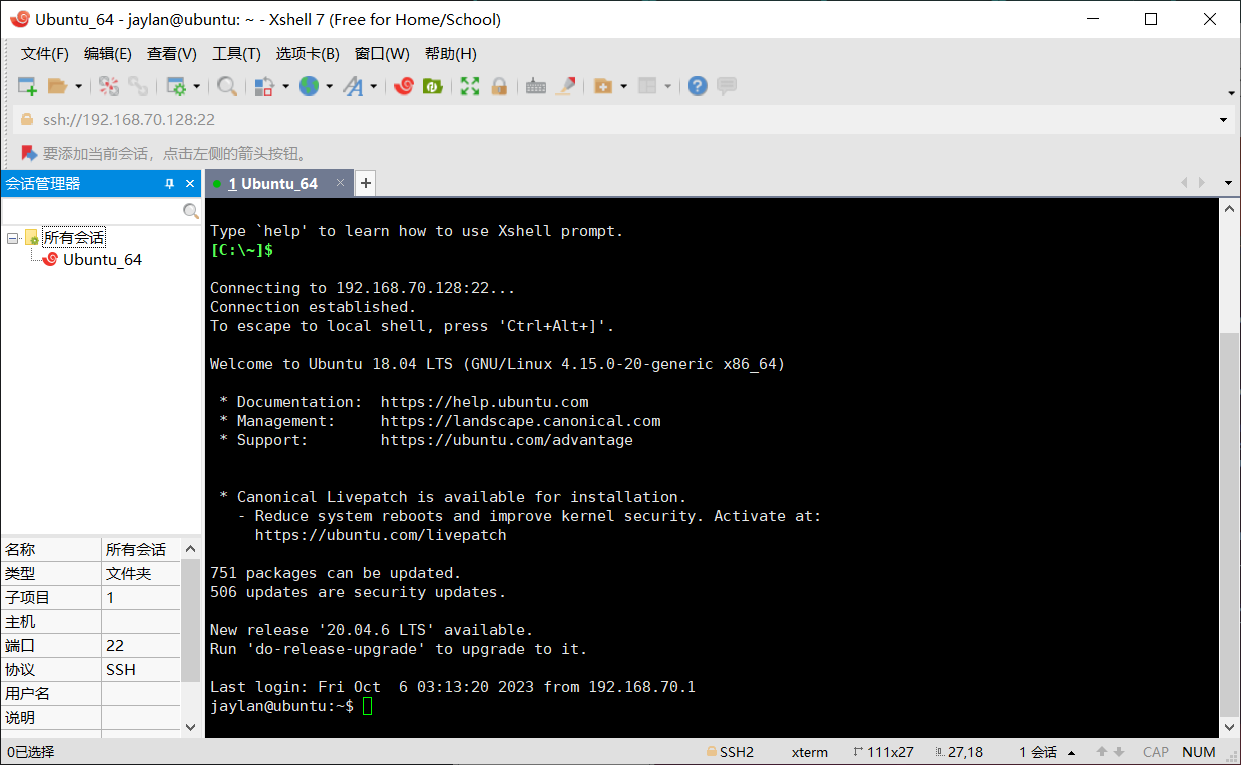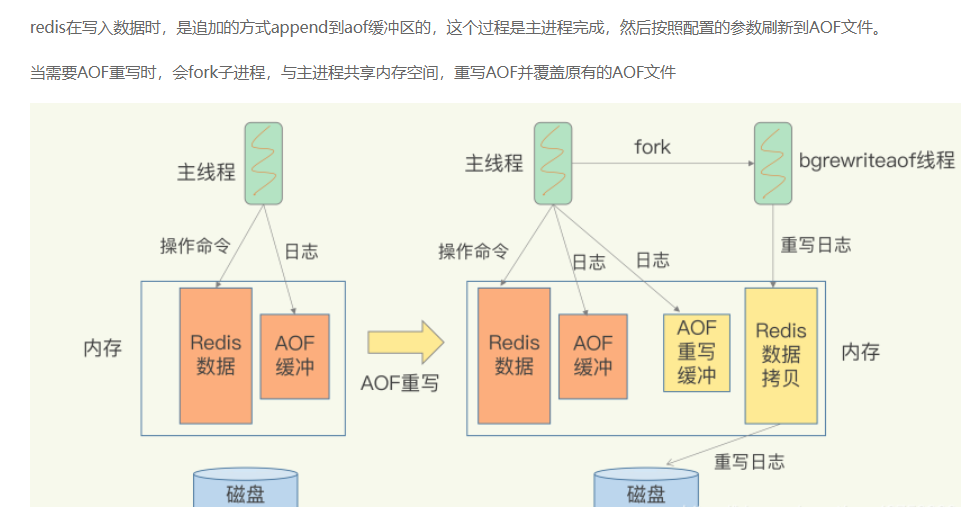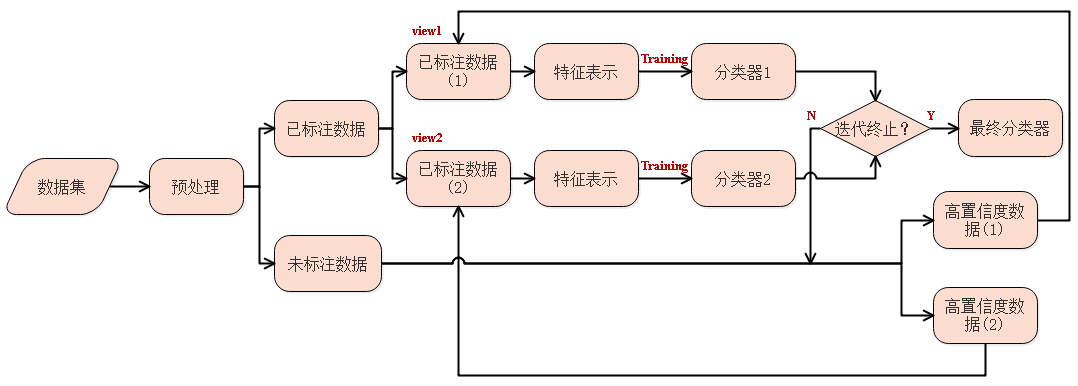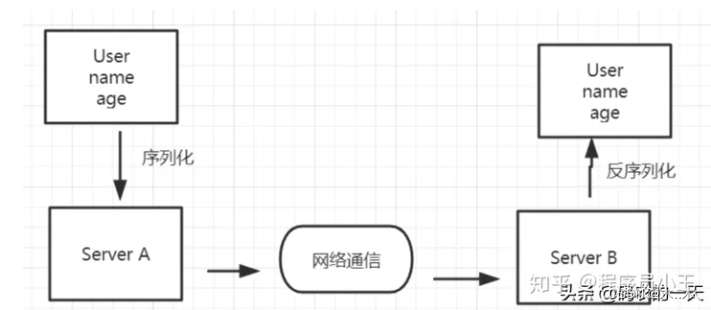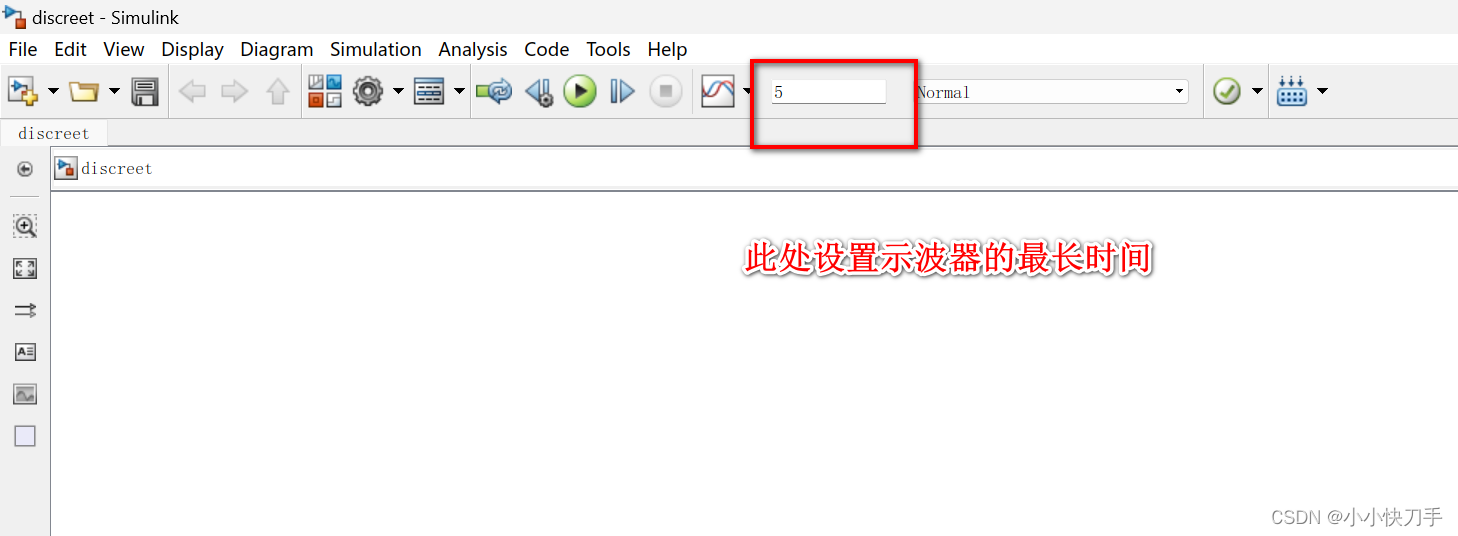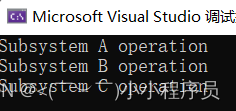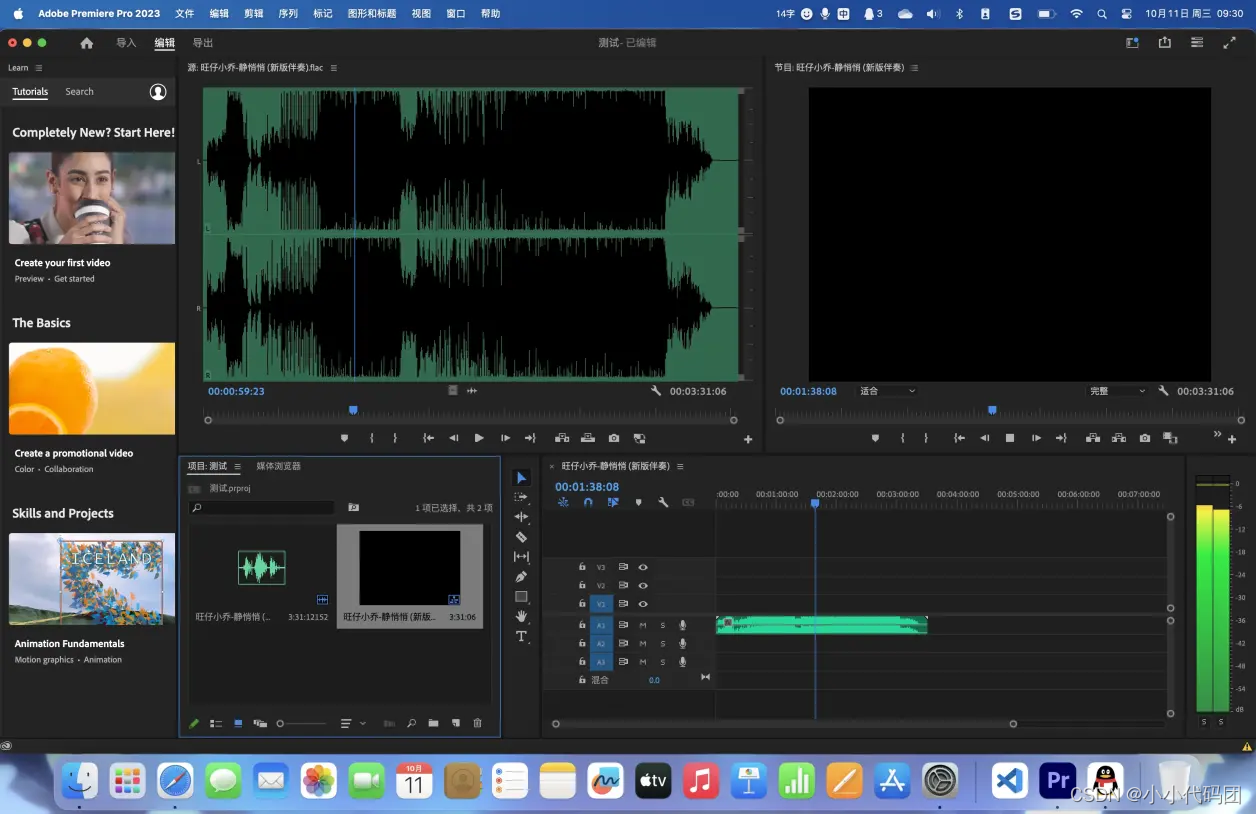今天才发现我的新片是M2芯片,而不是M1芯片,有点尴尬
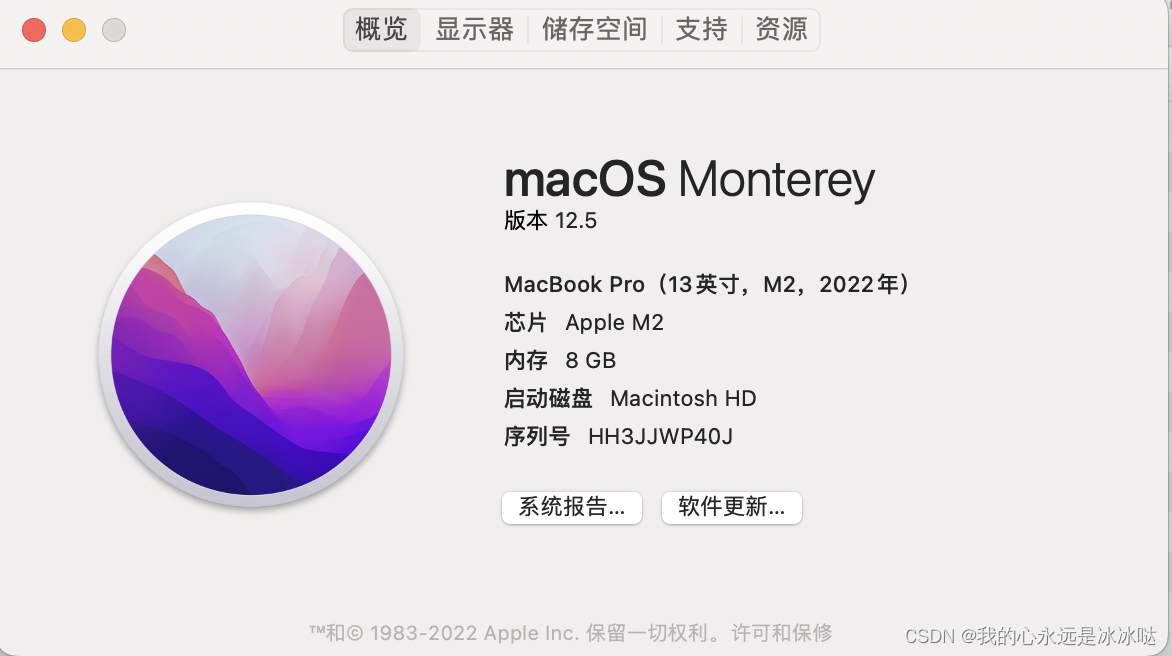
参考网址
https://www.oldcai.com/ai/pytorch-train-MNIST-with-gpu-on-mac/
测试结果如下
M2_cpu.py
# https://www.oldcai.com/ai/pytorch-train-MNIST-with-gpu-on-mac/
import torch
from torch import nn
from torch.utils.data import DataLoader
from torchvision.datasets import MNIST
from torchvision.transforms import ToTensor
print(f"PyTorch version: {torch.__version__}")
# Check PyTorch has access to MPS (Metal Performance Shader, Apple's GPU architecture)
print(f"Is MPS (Metal Performance Shader) built? {torch.backends.mps.is_built()}")
print(f"Is MPS available? {torch.backends.mps.is_available()}")
# Set the device
device = "cpu"
device = torch.device(device)
print(f"Using device: {device}")
# Define the CNN model
class HandwritingRecognitionModel(nn.Module):
def __init__(self):
super().__init__()
# Define the convolutional layers
self.conv1 = nn.Conv2d(1, 16, kernel_size=3, padding=1)
self.conv2 = nn.Conv2d(16, 32, kernel_size=3, padding=1)
# Define the pooling and dropout layers
self.pool = nn.MaxPool2d(2, 2)
self.dropout1 = nn.Dropout(0.25)
self.dropout2 = nn.Dropout(0.5)
# Define the fully connected layers
self.fc1 = nn.Linear(32 * 7 * 7, 128)
self.fc2 = nn.Linear(128, 10)
def forward(self, x):
# Pass the input through the convolutional layers
x = self.conv1(x)
x = self.pool(x)
x = self.dropout1(x)
x = self.conv2(x)
x = self.pool(x)
x = self.dropout2(x)
# Reshape the output for the fully connected layers
x = x.view(-1, 32 * 7 * 7)
# Pass the output through the fully connected layers
x = self.fc1(x)
x = self.fc2(x)
# Return the final output
return x
# Load the MNIST dataset
train_dataset = MNIST("./data", train=True, download=True, transform=ToTensor())
test_dataset = MNIST("./data", train=False, download=True, transform=ToTensor())
# Define the data loaders
train_loader = DataLoader(train_dataset, batch_size=64, shuffle=True)
test_loader = DataLoader(test_dataset, batch_size=64, shuffle=False)
# Define the model
model = HandwritingRecognitionModel().to(device)
# Define the loss function and optimizer
loss_fn = nn.CrossEntropyLoss()
optimizer = torch.optim.Adam(model.parameters(), lr=1e-3)
from time import time
t0 = time()
# Train the model for 10 epochs
for epoch in range(10):
# Set the model to training mode
model.train()
# Iterate over the training data
for images, labels in train_loader:
images, labels = images.to(device), labels.to(device)
# Pass the input through the model
outputs = model(images)
# Compute the loss
loss = loss_fn(outputs, labels)
# Backpropagate the error
loss.backward()
# Update the model parameters
optimizer.step()
# Set the model to evaluation mode
model.eval()
# Evaluate the model on the validation set
with torch.no_grad():
correct = 0
total = 0
for images, labels in test_loader:
images, labels = images.to(device), labels.to(device)
# Pass the input through the model
outputs = model(images)
# Get the predicted labels
_, predicted = torch.max(outputs.data, 1)
# Update the total and correct counts
total += labels.size(0)
correct += (predicted == labels).sum()
# Print the accuracy
print(f"Epoch {epoch + 1}: Accuracy = {100 * correct / total:.2f}%")
t1 =time()
print("10 epoch cost {}s".format(t1-t0))
结果如下

M2_MPS.py
import torch
from torch import nn
from torch.utils.data import DataLoader
from torchvision.datasets import MNIST
from torchvision.transforms import ToTensor
print(f"PyTorch version: {torch.__version__}")
# Check PyTorch has access to MPS (Metal Performance Shader, Apple's GPU architecture)
print(f"Is MPS (Metal Performance Shader) built? {torch.backends.mps.is_built()}")
print(f"Is MPS available? {torch.backends.mps.is_available()}")
# Set the device
device = "mps" if torch.backends.mps.is_available() else "cpu"
device = torch.device(device)
print(f"Using device: {device}")
# Define the CNN model
class HandwritingRecognitionModel(nn.Module):
def __init__(self):
super().__init__()
# Define the convolutional layers
self.conv1 = nn.Conv2d(1, 16, kernel_size=3, padding=1)
self.conv2 = nn.Conv2d(16, 32, kernel_size=3, padding=1)
# Define the pooling and dropout layers
self.pool = nn.MaxPool2d(2, 2)
self.dropout1 = nn.Dropout(0.25)
self.dropout2 = nn.Dropout(0.5)
# Define the fully connected layers
self.fc1 = nn.Linear(32 * 7 * 7, 128)
self.fc2 = nn.Linear(128, 10)
def forward(self, x):
# Pass the input through the convolutional layers
x = self.conv1(x)
x = self.pool(x)
x = self.dropout1(x)
x = self.conv2(x)
x = self.pool(x)
x = self.dropout2(x)
# Reshape the output for the fully connected layers
x = x.view(-1, 32 * 7 * 7)
# Pass the output through the fully connected layers
x = self.fc1(x)
x = self.fc2(x)
# Return the final output
return x
# Load the MNIST dataset
train_dataset = MNIST("./data", train=True, download=True, transform=ToTensor())
test_dataset = MNIST("./data", train=False, download=True, transform=ToTensor())
# Define the data loaders
train_loader = DataLoader(train_dataset, batch_size=64, shuffle=True)
test_loader = DataLoader(test_dataset, batch_size=64, shuffle=False)
# Define the model
model = HandwritingRecognitionModel().to(device)
# Define the loss function and optimizer
loss_fn = nn.CrossEntropyLoss()
optimizer = torch.optim.Adam(model.parameters(), lr=1e-3)
from time import time
t0 = time()
# Train the model for 10 epochs
for epoch in range(10):
# Set the model to training mode
model.train()
# Iterate over the training data
for images, labels in train_loader:
images, labels = images.to(device), labels.to(device)
# Pass the input through the model
outputs = model(images)
# Compute the loss
loss = loss_fn(outputs, labels)
# Backpropagate the error
loss.backward()
# Update the model parameters
optimizer.step()
# Set the model to evaluation mode
model.eval()
# Evaluate the model on the validation set
with torch.no_grad():
correct = 0
total = 0
for images, labels in test_loader:
images, labels = images.to(device), labels.to(device)
# Pass the input through the model
outputs = model(images)
# Get the predicted labels
_, predicted = torch.max(outputs.data, 1)
# Update the total and correct counts
total += labels.size(0)
correct += (predicted == labels).sum()
# Print the accuracy
print(f"Epoch {epoch + 1}: Accuracy = {100 * correct / total:.2f}%")
t1 =time()
print("10 epoch cost {}s".format(t1-t0))
结果如下


